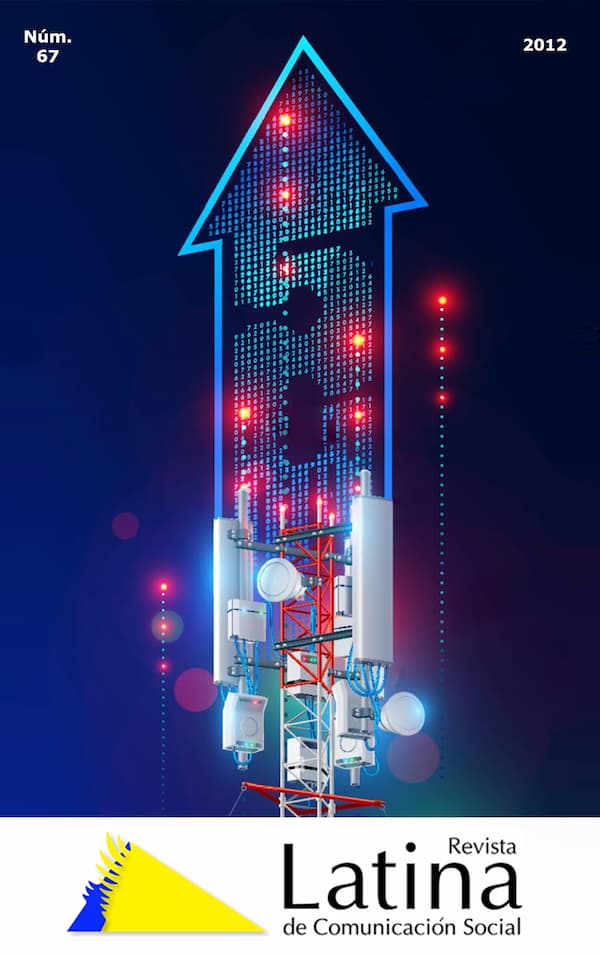Adaptation of official education and continuing professional development in the field of Communication
DOI:
https://doi.org/10.4185/RLCS-067-959Keywords:
Education, professional profiles, research, university, commercial sectorAbstract
One of the least studied aspects of the education of communicators is the complementarity between the official vocational and university studies and the private, continuous training developed in the commercial sector. Simultaneously, the functions and responsibilities of communication professionals increase without the adequate training. These shortcomings, which are the result of the inadequacy of the educational programmes of the traditional education system to the new labour market, has forced companies to respond, not always correctly, to the changes in the productive system and the classification of job positions. By way of conclusion and based on the results of a case study, this article offers a set of proposals to face the new occupational typologies that reflect profound transformations in the functions and tasks developed in the field of communication studies, research and work.
Downloads
References
Bustamante-Ramírez, E. (2008): La televisión digital terrestre en España. Por un sistema televisivo de futuro acorde con una democracia de calidad. Fundación Alternativas, Documento de trabajo 129/2008
Tineo Carrión, L. (2002): Comunicación y Cultura en la Era Digital (Coord. Bustamante, E.). Barcelona: Gedisa
Bustamante-Ramírez, E. (2003): Hacia un nuevo sistema mundial de comunicación. Las industrias culturales en la Era Digital. (Coord. Bustamante, E.) Barcelona: Gedisa “Declaración final sobre los nuevos perfiles profesionales ante las transformaciones del sistema audiovisual”. 10 de septiembre de 2008. Universidad Internacional de Andalucía.
Castells, M. y Cardoso, G. (2006): The Media in the Network Society Lisboa, Portugal: CIES – Centre for research and Studies in Sociology
Ducatel, K. y Burgelman, J. C. (2000): “ICTs and employment in Europe: Outlooks to 2010”. Communication & Strategies, 38, pp. 309-332
García-Avilés, J. A. (2006): El periodismo audiovisual ante la convergencia digital. Elche: Universidad Miguel Hernández.
García-Jiménez, A. (2007): “La transformación del periodismo tradicional y las características del “nuevo periodismo”. En, Aproximaciones al periodismo digital. Madrid: Dykinson.
García-Madariaga, J. M. (2008): El periodismo del siglo XXI: una profesión en crisis ante la digitalización. Madrid: Dykinson
Laughton, R. (2001): “Skills for Tomorrow´s Media” en https://bit.ly/3N3hpVs. Página web visitada en marzo 2011.
Martínez-Nicolás, M. (2009): “La investigación sobre comunicación en España. Evolución histórica y retos actuales”. En Revista Latina de Comunicación Social 64, La Laguna, Tenerife, España: https://bit.ly/37tuTcu DOI: https://doi.org/10.4185/RLCS-64-2009-800-01-14
Muñón-López, J. M. (2008): Emitido en digital: visiones de futuro sobre la radio y la televisión. Santiago de Compostela: RTVE Galicia.
Robert, K. Y. (1994): Case Study Research. Design and Methods. London: SAGE
VV.AA Fundación Telefónica (2008): Periodismo en la era de Internet. Barcelona: Planeta.
VV AA (2006): El anuario de televisión, 2005. (Eds. Gómez-Bermúdez, R.) Madrid: GECA.
VV AA (2010): AEDE, Libro Blanco de la Prensa Diaria 2009
VV AA (2010). Estudio Infoadex 2009 de la inversión publicitaria en España
VV AA (2010): Los medios en España y Portugal 2009. Zenithmedia. Zenithoptimedia,
VV AA (2011): Estudio Infoadex 2010 de la inversión publicitaria en España
Vivar-Zurita, H. (2005): “Competencias profesionales en un sistema integrado multimedia. Grupo de Investigación FONTA (Formación en Nuevas Tecnologías del Audiovisual”. Cuadernos de documentación Multimedia, 16.








